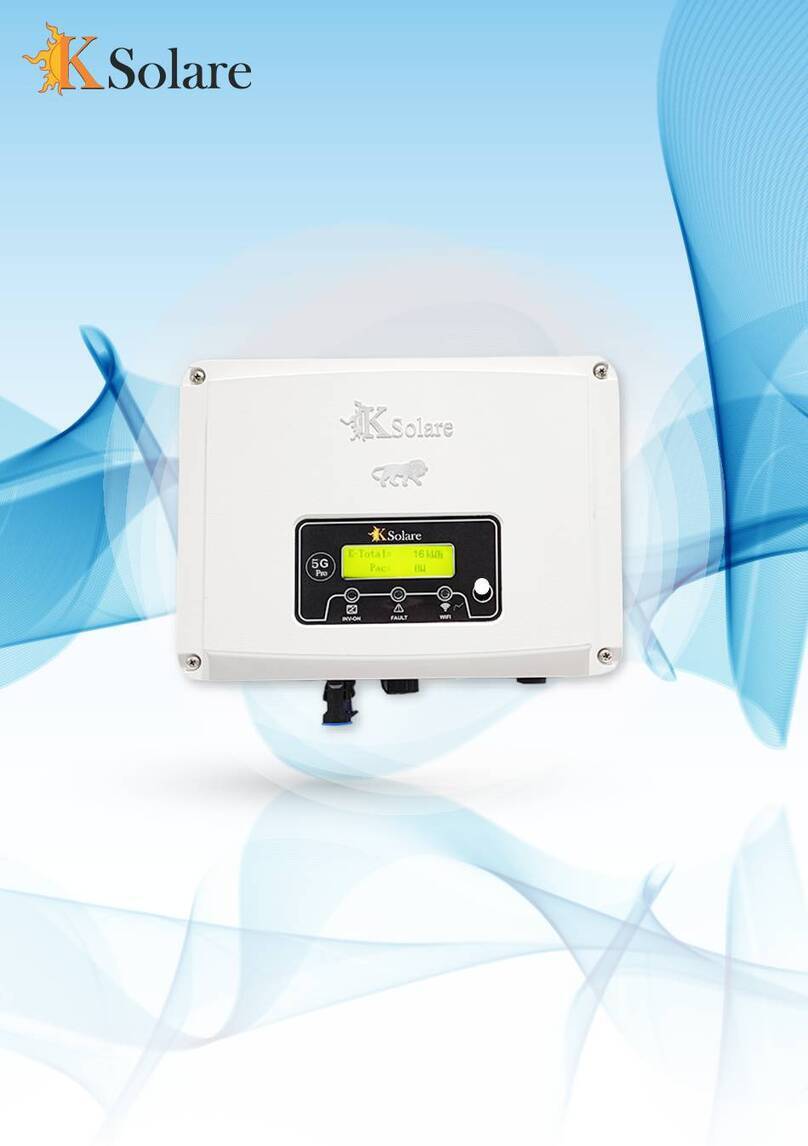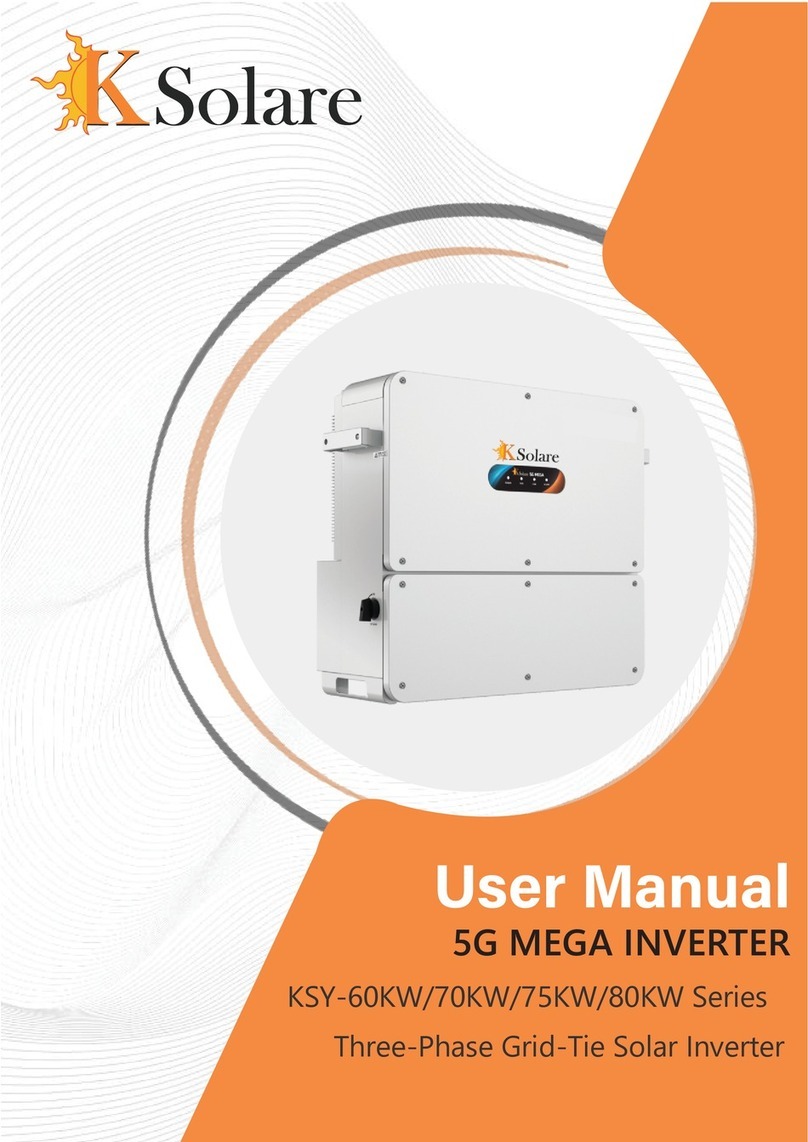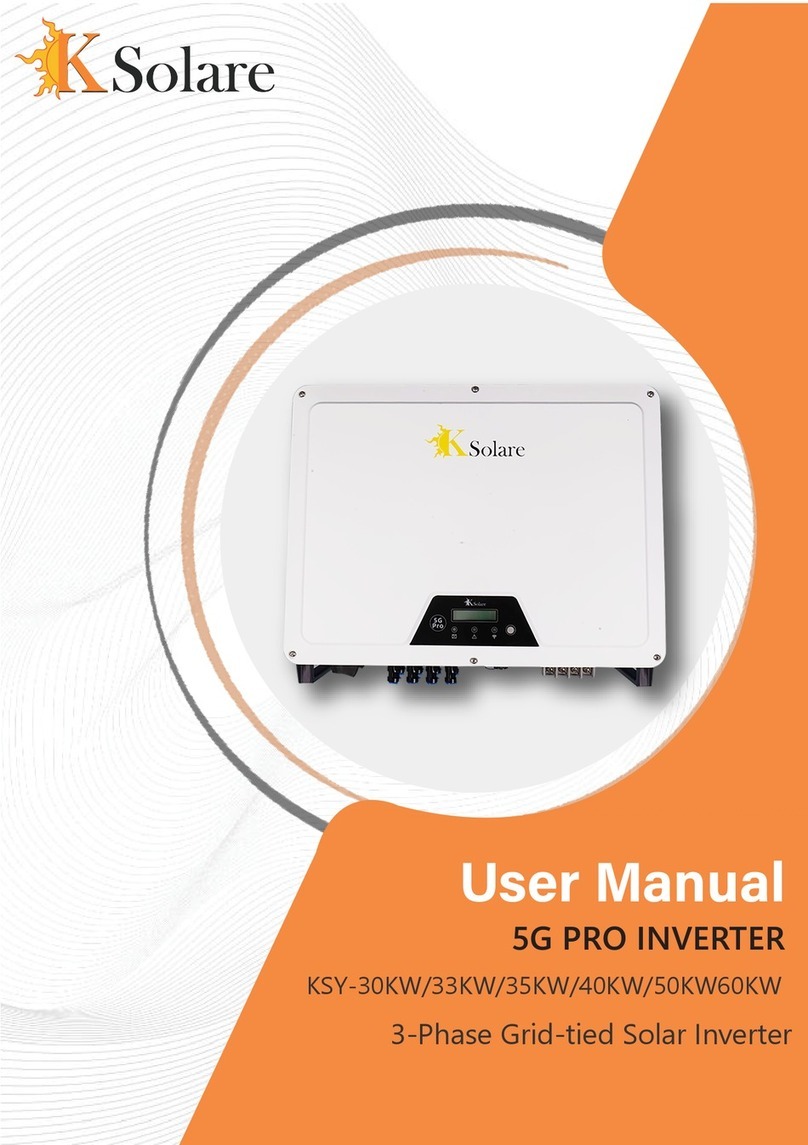
CATALOGUE
1. SYMBOLS ON THE LABEL ..................................................................................3
2. SAFETY AND WARNINGS ..................................................................................3
3. UNPACKING .........................................................................................................4
3.1 Scope of Delivery ..............................................................................................................5
3.2 Product Overview .............................................................................................................5
4. INSTALLING .........................................................................................................6
4.1 Installation Requirement ..................................................................................................6
4.2 Mounting Location...........................................................................................................7
4.3 Mounting ...........................................................................................................................8
4.4 Installing the PE cable ......................................................................................................8
5. COMMISSIONING .............................................................................................9
5.1 Safety Instructions ..........................................................................................................9
5.2 AC Wire Assembly and Connection ..............................................................................10
5.3 DC Wire Assembly and Connection ..............................................................................11
5.4 Residual Current Protection ...........................................................................................11
6. COMMUNICATION ...........................................................................................12
6.1 System monitoring via Datalogger - RS485/Wi-Fi /GPRS (Optional) ........................12
7. START UP AND OPERATION ...........................................................................14
7.1 Safety Check Before Start Up .........................................................................................14
7.2 Inverter LED Indicators ...................................................................................................15
8. DISCONNECTING FROM VOLTAGE RESOURCES .........................................16
10.
SYSTEM MAINTENANCE ..............................................................................19
9. Fault Finding ..............................................................................17
































